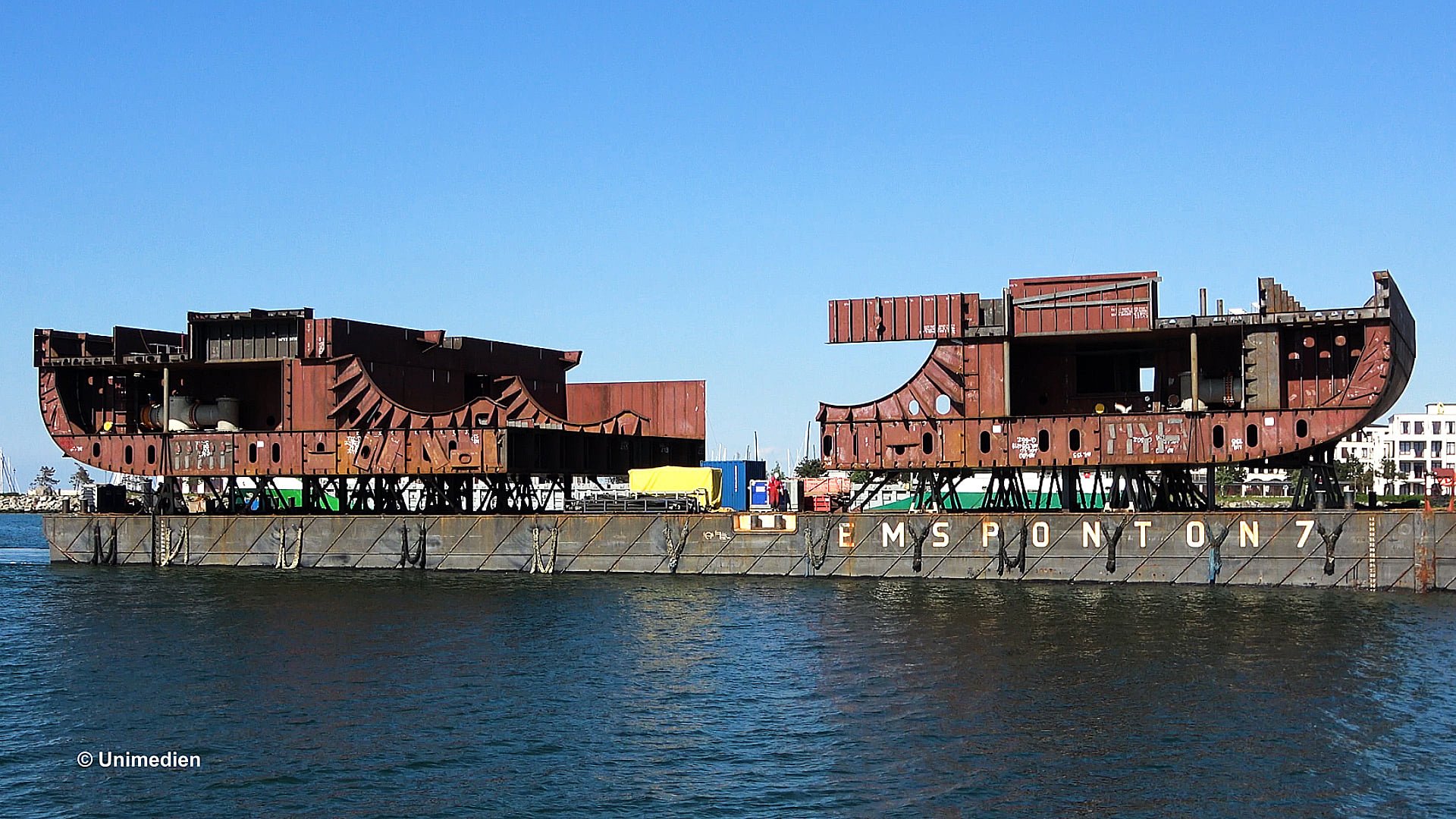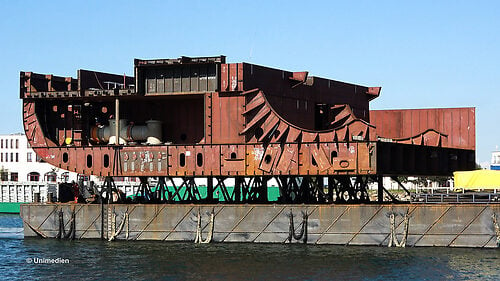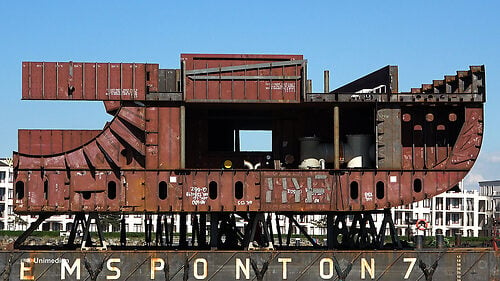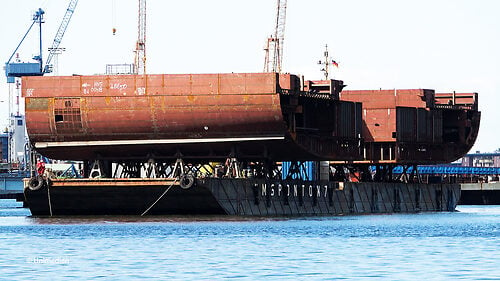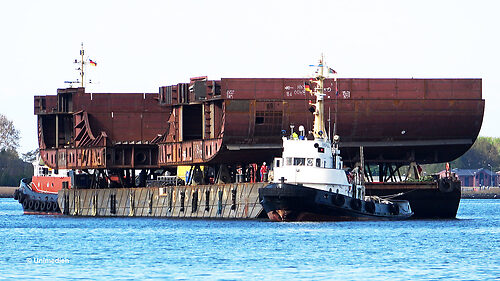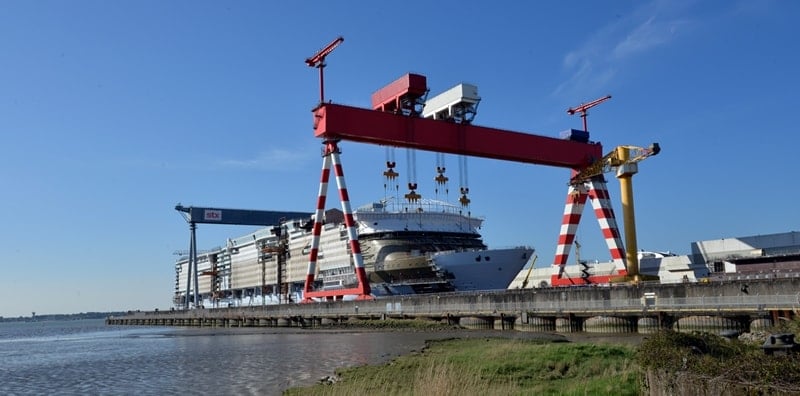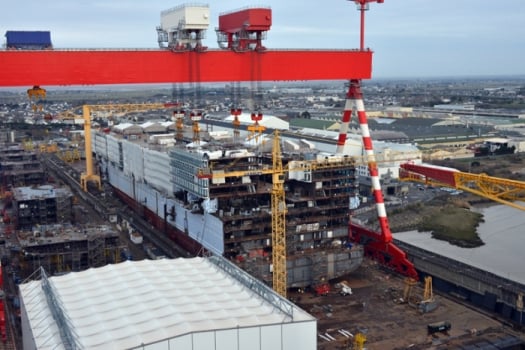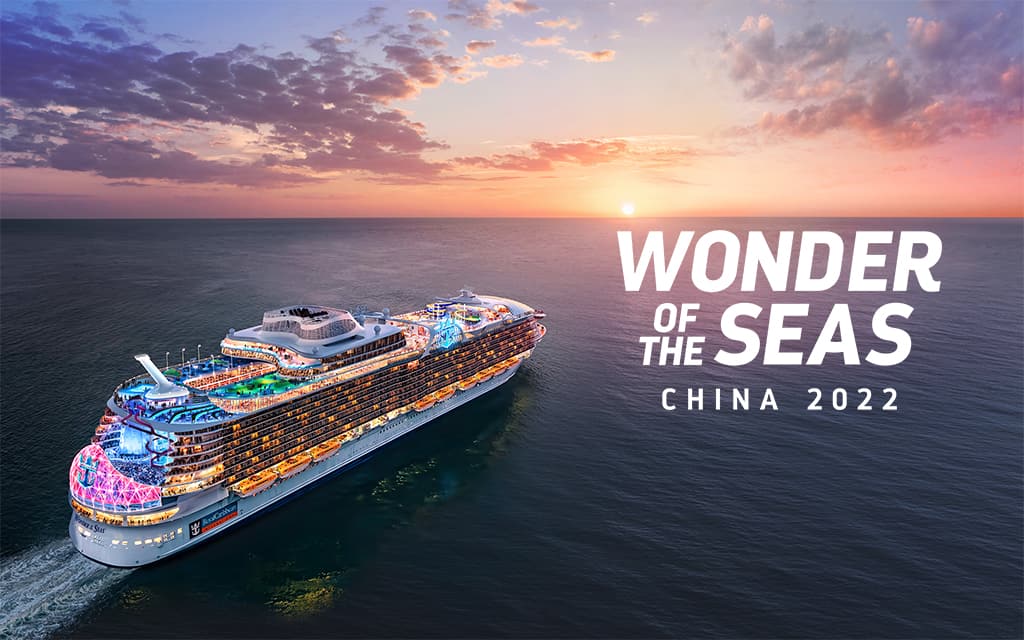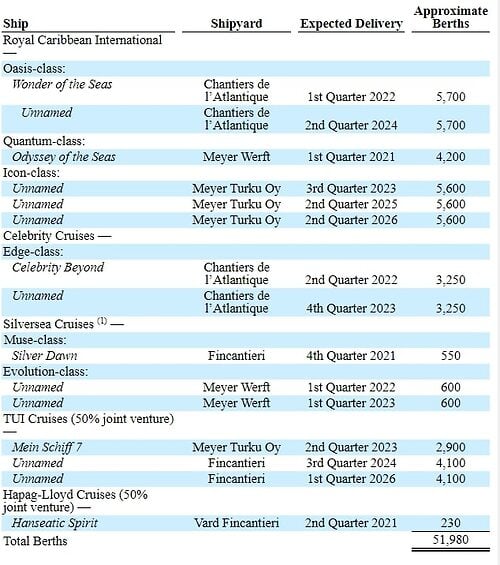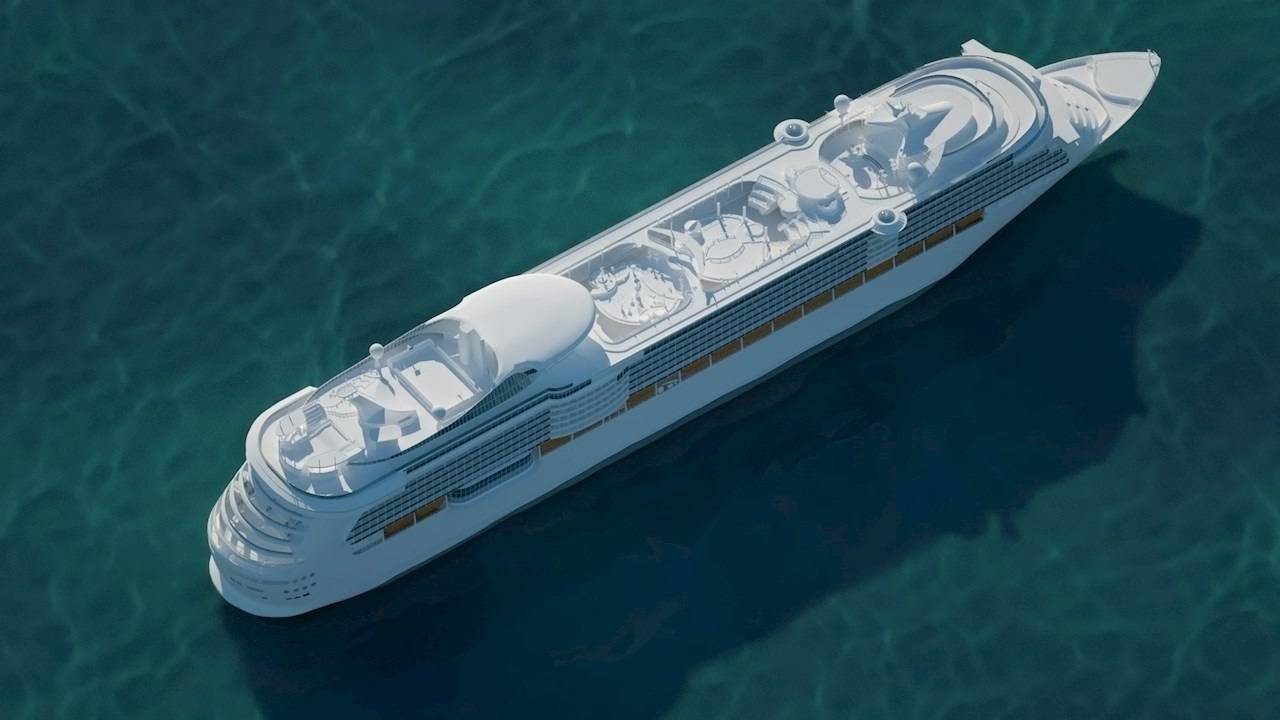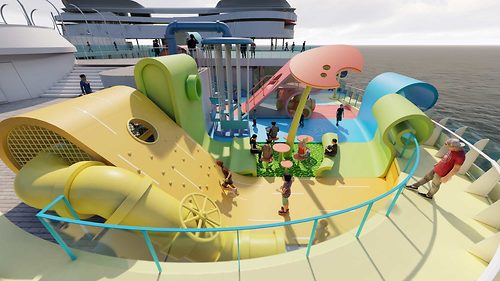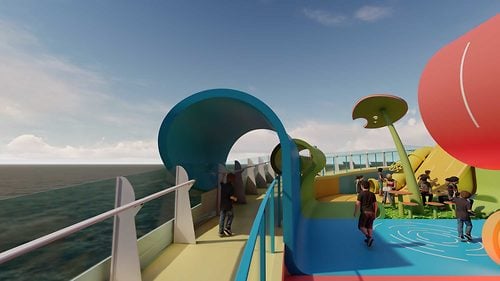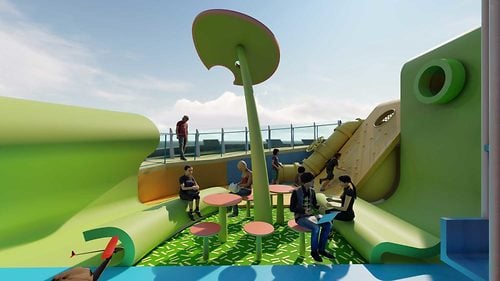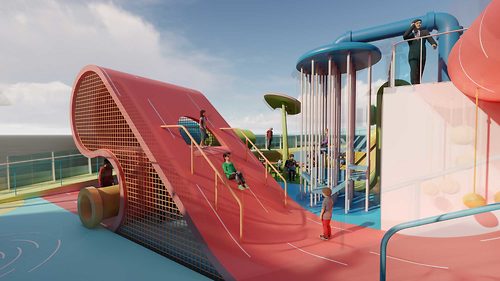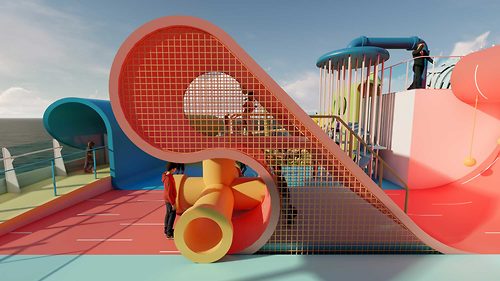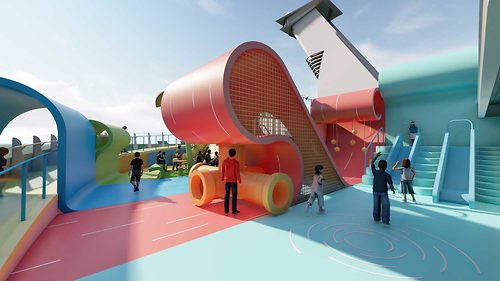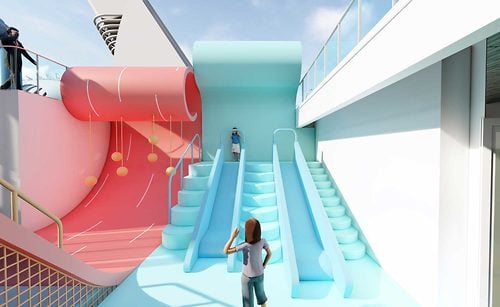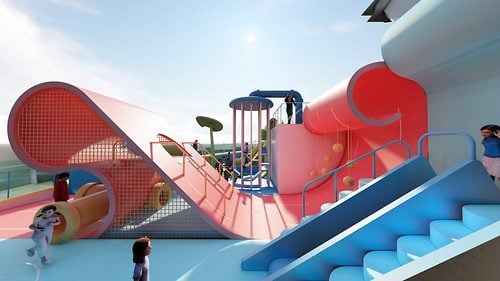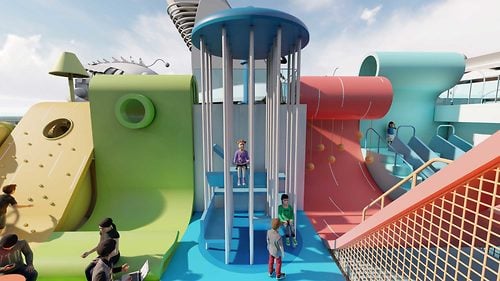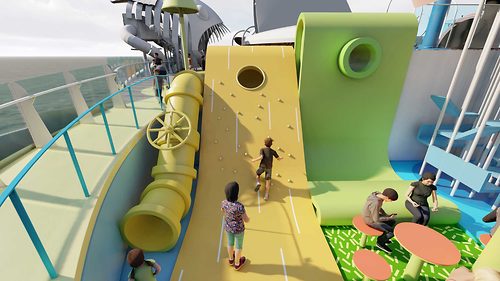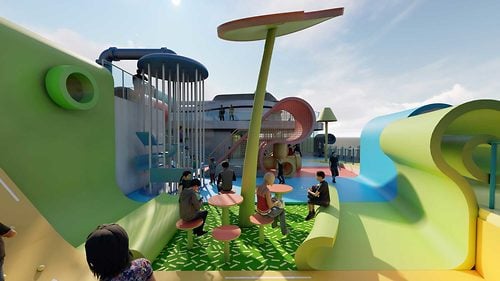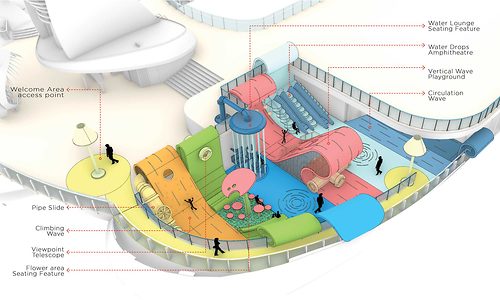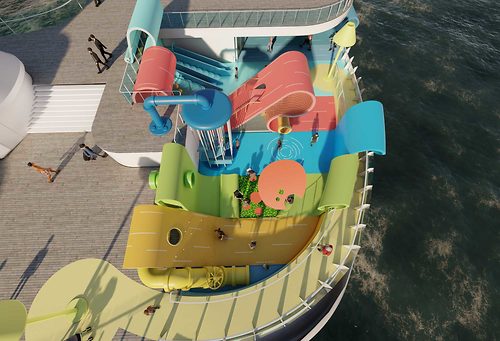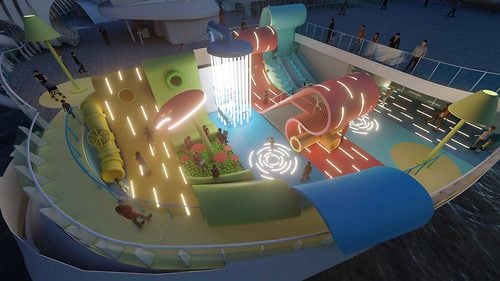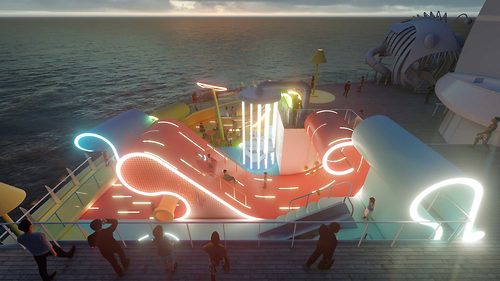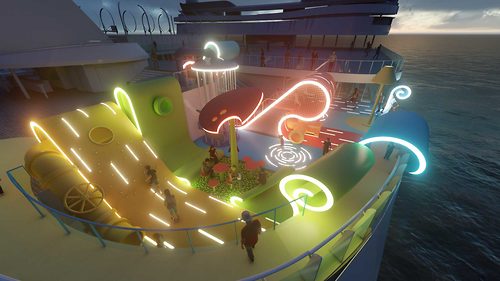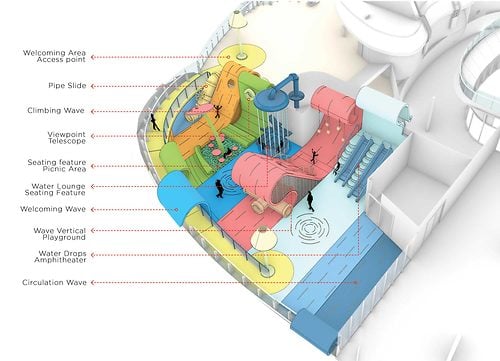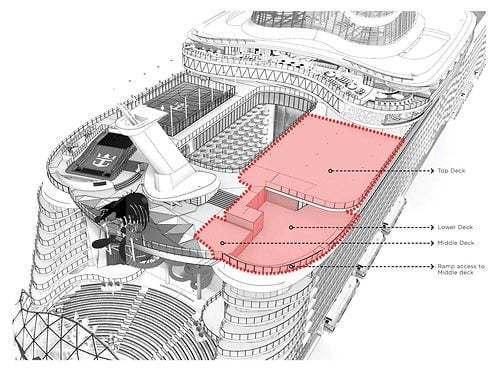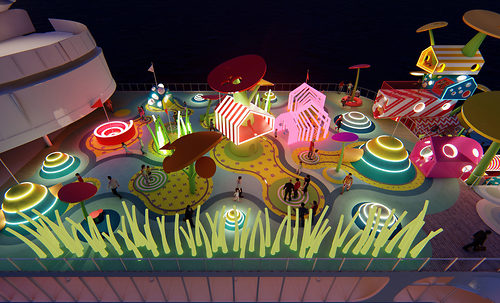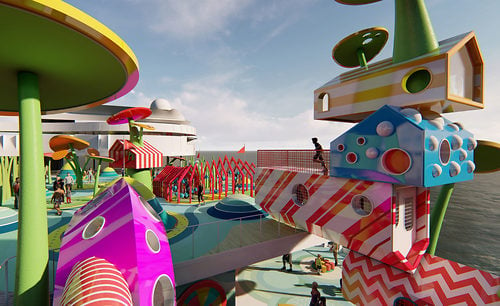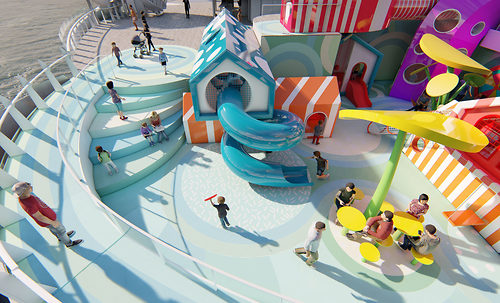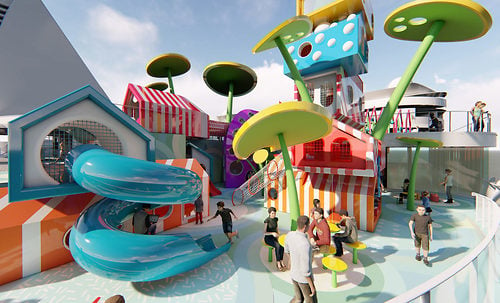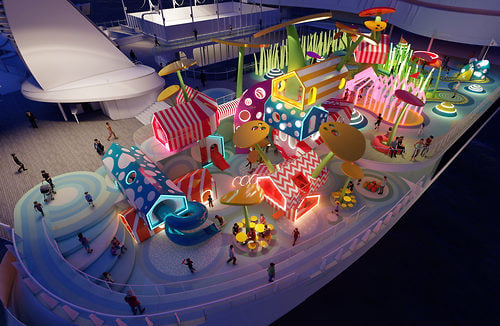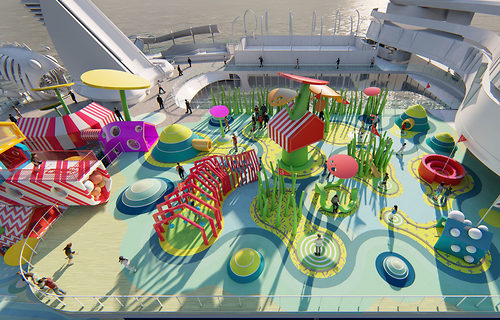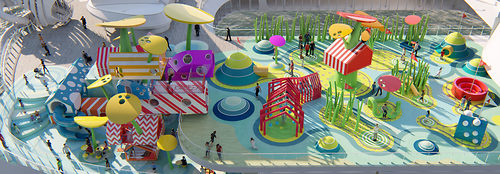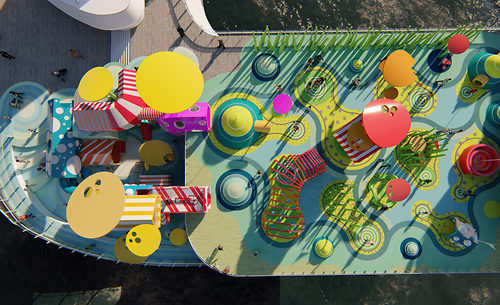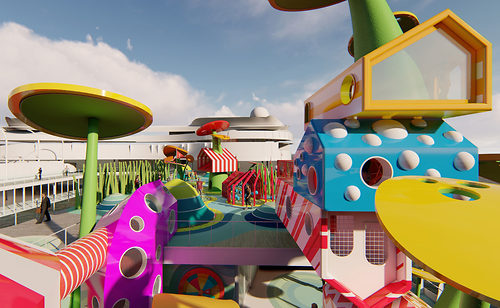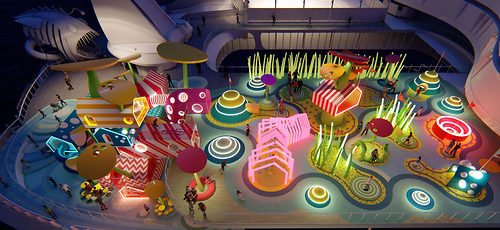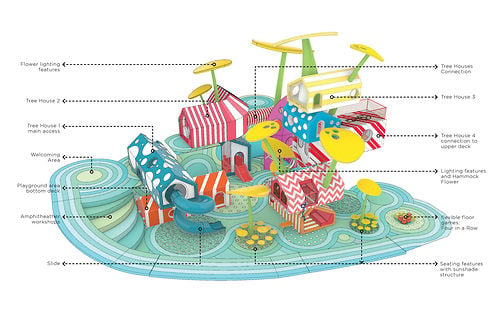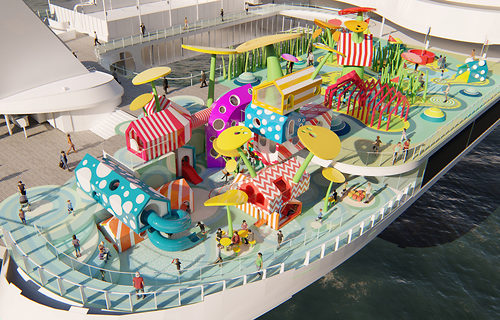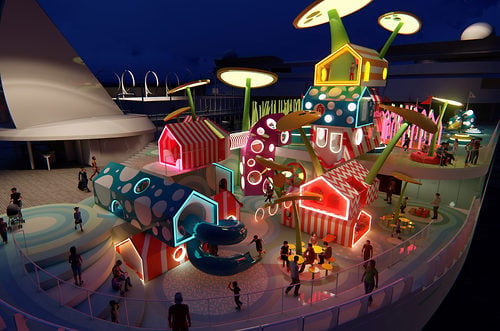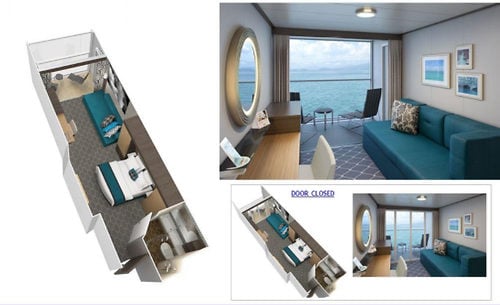Royal Caribbean begins construction on its next generation cruise ship Icon of the Seas
In:Royal Caribbean announced the official start of construction for its newest cruise ship, along with its name.
![]()
On June 14, construction officially began on the first Icon Class cruise ship with a steel cutting ceremony at the Meyer Turku shipyard in Finland, which is the same shipyard that built a number of Royal Caribbean ship, including Allure and Oasis of the Seas.
Royal Caribbean also confirmed the ship's name will be Icon of the Seas.
The Icon Class ships will be Royal Caribbean's newest class of cruise ships.
Debuting in fall 2023, Icon will be the cruise line’s first of three ships to be powered by LNG (liquefied natural gas). LNG and the state-of-the-art ship’s additional environmentally friendly applications, such as shore power connection, will boost energy efficiencies and reduce carbon footprint. More details about Icon’s advanced environmental technologies will be revealed at a future date.
Not much else is known about the Icon Class, but according to Royal Caribbean Group SEC filings in April 2021, the unnamed Icon Class ships will have a capacity of approximately 5,600 passengers.
This would make the Icon class ships larger than the Quantum Class ships, but slightly smaller than the Oasis Class ships.
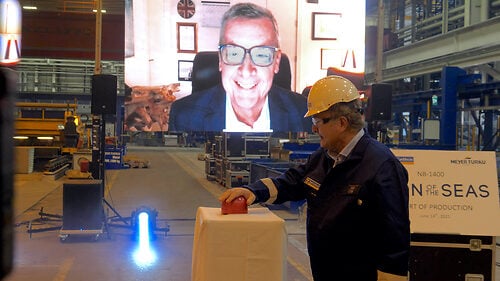
There are three Icon Class ships on order:
- Unnamed first Icon class ship delivery in 3rd Quarter 2023
- Unnamed second Icon class ship delivery in 2nd Quarter 2025
- Unnamed third Icon class ship delivery in 2nd Quarter 2026
In attendance at the ceremony was Richard Fain, chairman and CEO, Royal Caribbean Group; Michael Bayley, president and CEO, Royal Caribbean International; and Tim Meyer, CEO of Meyer Turku.
“We made our commitment to making clean power at sea a reality – and soon the norm – when Icon Class was first announced in 2016, and we’re excited to see construction underway on what will truly be a ship unlike any other,” said Michael Bayley, president and CEO, Royal Caribbean International. “Our decades of work in ocean conservation, energy efficiency and continuous improvement will be evident all throughout Icon. We look forward to revealing more of the game-changing features our guests and crew have in store as she begins to take shape.”


